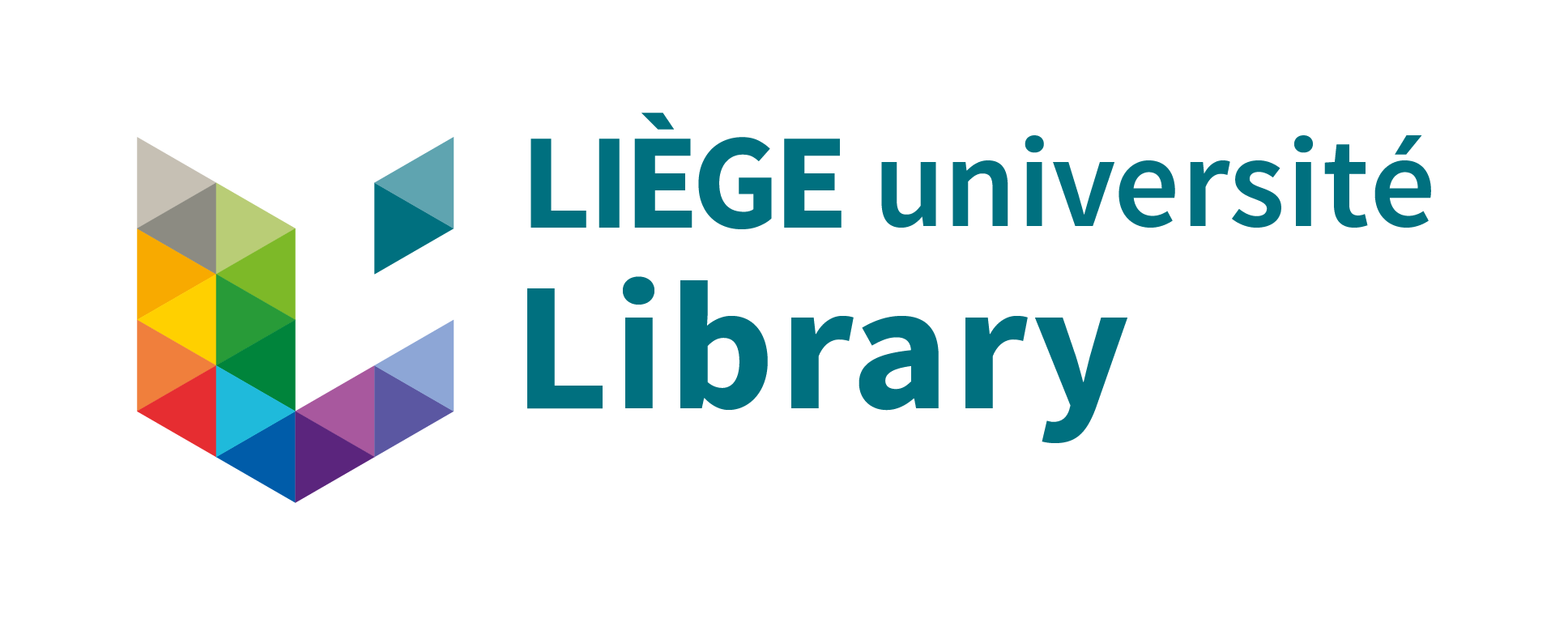Role of the clays in Chelopech ore on the metallurgical performance and solid/liquid separation of the tailings (ULiège)
Mutanebi, Yusuf Precious 
Promoteur(s) :
Gaydardzhiev, Stoyan 
Date de soutenance : 23-aoû-2024 • URL permanente : http://hdl.handle.net/2268.2/22258
Détails
| Titre : | Role of the clays in Chelopech ore on the metallurgical performance and solid/liquid separation of the tailings (ULiège) |
| Titre traduit : | [fr] Rôle des argiles du minerai de Chelopech sur les performances métallurgiques et la séparation solide/liquide des résidus |
| Auteur : | Mutanebi, Yusuf Precious 
|
| Date de soutenance : | 23-aoû-2024 |
| Promoteur(s) : | Gaydardzhiev, Stoyan 
|
| Membre(s) du jury : | Rosenkrantz, Jan
Bastin, David 
Brouyère, Serge 
Sabeva, Desislava |
| Langue : | Anglais |
| Nombre de pages : | 134 |
| Discipline(s) : | Ingénierie, informatique & technologie > Géologie, ingénierie du pétrole & des mines |
| Public cible : | Chercheurs Professionnels du domaine Etudiants |
| Institution(s) : | Université de Liège, Liège, Belgique |
| Diplôme : | Master en ingénieur civil des mines et géologue, à finalité spécialisée en "geometallurgy (EMERALD)" |
| Faculté : | Mémoires de la Faculté des Sciences appliquées |
Résumé
[en] This study investigated the role of clay minerals on the metallurgical performance and solid-liquid separation of the final tailings of the bulk sulphide flotation of Chelopech copper-gold ore. The ore mineralogy includes sulfosalts (enargite, tennantite, and luzonite) and sulphides (chalcopyrite, bornite, covellite, and pyrite containing gold) minerals.
The study employs a comprehensive methodology, including X-ray diffraction (XRD) analysis and scanning electron microscopy (SEM) to characterize the mineralogical composition and particle size distribution of the ore and tailings. Flotation tests were conducted using different reagent schemes, including the PIAX collector and Hostaflot 7650 in combination with Floticor DP 18439 depressant, to evaluate their performance in terms of metallurgy and tailings sedimentation rate.
The flotation results showed that the PIAX collector achieved high recovery rates for copper and gold but resulted in lower grade concentrates probably due to the co-flotation of gangue minerals. In contrast, Hostaflot 7650, when used with the Floticor depressant, showed improved selectivity, yielding higher-grade concentrates with reduced recovery rates.
Furthermore, sedimentation tests demonstrated that the combination of Hostaflot 7650 and Floticor DP 18439 achieved better sedimentation rates compared to the PIAX, indicating a more efficient solid-liquid separation process. The final tailings sedimentation rate for the Hostaflot 7650 was 57 mL/min, compared to 32 mL/min for the PIAX.
In conclusion, Hostaflot 7650 and Floticor DP 18439 have the potential to be an effective reagent scheme for improving the metallurgical performance and final tailings sedimentation ability of the Chelopech ore.
Fichier(s)
Document(s)

 YUSUF PRECIOUS MUTANEBI_EMerald Masters thesis 2024.pdf
YUSUF PRECIOUS MUTANEBI_EMerald Masters thesis 2024.pdf
Description:
Taille: 3.55 MB
Format: Adobe PDF
Citer ce mémoire
L'Université de Liège ne garantit pas la qualité scientifique de ces travaux d'étudiants ni l'exactitude de l'ensemble des informations qu'ils contiennent.


 Master Thesis Online
Master Thesis Online




